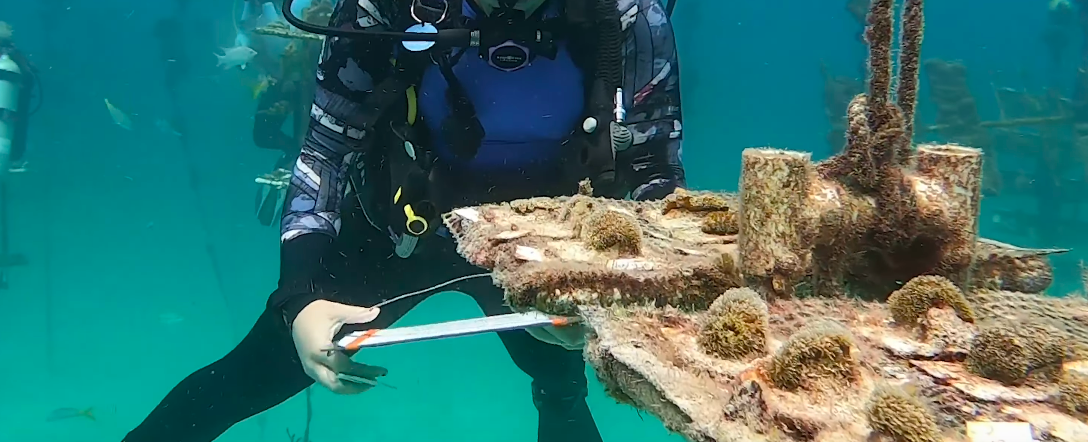A range of natural or synthetic materials are used to create artificial reefs, which can be built in an infinite number of shapes and designs. Artificial reefs are one of the many techniques employed by marine conservationists to rebuild coral reefs all around the world. Generally speaking, the purpose of these artificial reefs is to offer a stable environment for coral growth as well as habitat for fish and other organisms that you would find on a genuine reef. Artificial reefs have received a lot of praise over the years from individuals who have worked with them, but they have also drawn a lot of criticism from experts who believe that they are only addressing the symptoms and not the root causes of coral reef issues.
For a variety of reasons, concrete is the preferred material for usage by most reef managers. First of all, it is a substance that resembles real coral limestone in composition and is widely accessible, strong, heavy, and inexpensive. Concrete is incredibly versatile and durable underwater. It can be molded into almost any size or shape. Some detractors contend that metal traces in concrete will lead to coral illness, but from our experience, corals cling to these structures and never experience this in the ocean. The biggest disadvantage of employing concrete is that, with the limited resources that most small reef managers have at their disposal, structures can quickly become too heavy to install.
An artificial reef can succeed or fail depending on a variety of factors, and even the same methods and supplies might be effective in some circumstances but not in others. We provide extended courses on the subject in part because there is much more to a comprehensive description of the materials, procedures, and environmental considerations to take into account than can fit in one article. Below are some methods we or others have attempted that didn’t work, along with some information on why. This is a crucial place to begin since, despite the fact that it doesn’t work, we frequently observe individuals “trying to reinvent the wheel” and making the same errors.
Trash and potentially harmful substances. Although it ought to be obvious, we still observe this today. Because they are frequently too small and unstable for organisms to grow on them, waste materials are rarely suitable for creating reefs. They frequently leak dangerous substances or lack the micro-structured surface that organisms require to attach to. The Osborn reef, which was constructed in Florida in the early 1970s and involved the dumping of some 2 million used tires on the ocean floor, is the most well-known instance of this. Studies conducted 30 years later revealed that the area had almost no fish, the tires were dispersing harmful compounds into the water, and with each storm, they were drifting all over the seabed.
Small and unsafe constructions. The primary objective of artificial reefs is to build sturdy structures, yet in certain projects, this objective seems to be overlooked. Construction blocks are a prime illustration of this since they are made specifically to be lightweight and simple to split in half. Despite these characteristics, their low cost and global availability have made them a well-liked, albeit mainly unsuccessful strategy. Typically, volunteers drill holes in the blocks and then glue coral fragments into the holes as part of very large government or corporate undertakings.
In the recent years, an increasing number of intriguing or unique procedures and materials have been developed, some of which have great potential. These include the rising use of sculpture and art to raise awareness of the predicament of the ocean, and the use of 3-D printers to produce structures with tenfold higher surface and structural diversity than could be done through conventional methods. Artificial reefs have long been viewed as ineffective interventions or “mindless tinkering. And there are other instances where people have chosen to construct artificial reefs in an effort to gain attention from the media rather than concentrating on finding real solutions to the issues in their community. Such initiatives will never succeed. Artificial reefs can and should, however, be a component of an integrative and holistic reef management program, according to a growing body of scientific and anecdotal evidence.
